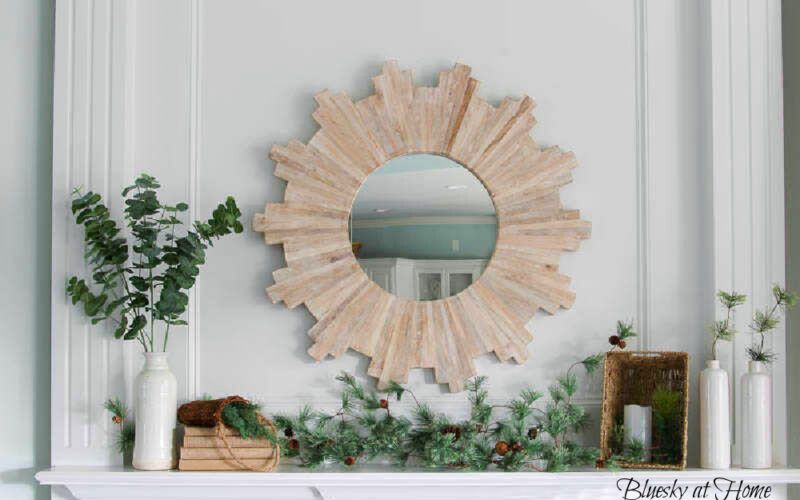In interior design, mirrors are often regarded as functional items used solely for providing reflections. However, mirrors can also be amazing decorative accents that add depth and style to any space. By strategically placing mirrors in different areas of a room, you can transform its entire look and create a visually appealing environment. Let’s explore the versatility of mirrors as decorative accents.
Creating Illusions of Space
One of the most significant advantages of using mirrors as decorative accents is their ability to create an illusion of space. Mirrors can visually expand a room by reflecting light and bouncing it off their surfaces. This effect makes a confined area appear larger and more open. By placing mirrors strategically, especially across from windows or doors, natural light can be amplified, making the space feel brighter and more spacious.
Enhancing Natural Light
Mirrors are excellent tools for enhancing the amount of natural light in a room. By reflecting both outdoor and indoor light sources, mirrors can help illuminate darker corners and make the space feel more inviting. Placing a large mirror near a window can maximize the amount of natural light entering the room, making it appear brighter and more vibrant. Additionally, mirrors can also reflect artificial light sources, making them perfect for rooms with limited access to natural light.
Adding Artistic Flair
Mirrors come in various shapes, sizes, and frames, making them perfect for adding artistic flair to a space. Hanging an ornate or uniquely shaped mirror on a blank wall can serve as a focal point and add a touch of elegance to any room. Mirrors with decorative frames, such as vintage or carved designs, can also act as works of art themselves. They can add a sense of charm and sophistication to a space, elevating its overall aesthetic appeal.
Creating Visual Interest
Strategic placement of mirrors allows you to create visual interest by reflecting specific architectural features or beautiful objects in a room. For example, by positioning a mirror across from a fireplace or a stunning piece of artwork, you can emphasize its beauty and create a captivating focal point. Additionally, mirrors can also be used to reflect plants or a picturesque view from a window, bringing nature indoors and adding a sense of tranquility.
Expanding Small Spaces
Mirrors are ideal for expanding small spaces. In rooms with limited square footage, such as bathrooms or hallways, mirrors can make these areas feel more spacious and open. By placing a large mirror on one wall, it can visually double the size of the room, making it appear more comfortable and less cramped. To maximize the effect, consider using mirrored tiles or a wall-length mirror to create a seamless, expansive look.
Reflecting Personal Style
Mirrors can be a reflection of your personal style and taste. There is an extensive range of mirror designs available in the market, from sleek and modern to antique and vintage. Choose a mirror that aligns with your overall interior design theme and complements the existing decor. By selecting a mirror that resonates with your personal style, you can add a touch of uniqueness to your space.
Conclusion
When it comes to interior design, mirrors are far more than just functional items. They have the power to transform spaces by adding depth, style, and visual interest. Whether it’s creating an illusion of space, enhancing natural light, or reflecting personal style, mirrors can be powerful decorative accents with numerous benefits. So, consider using mirrors strategically in your next design project and experience their magical impact firsthand.


